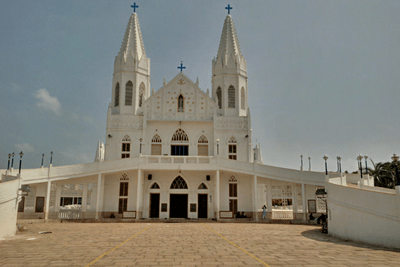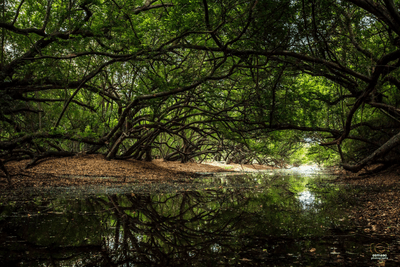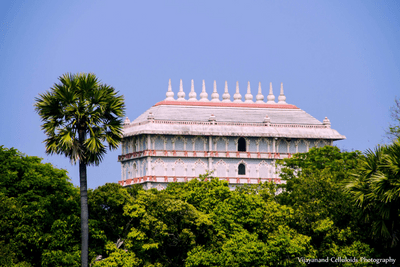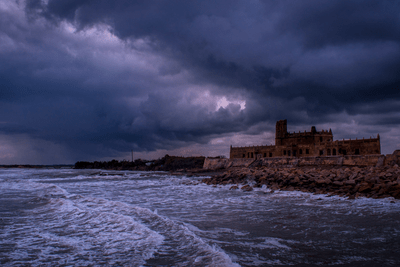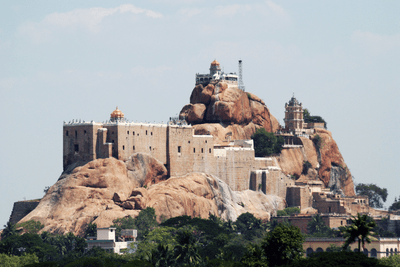Chola Nadu (Chola Mandalam)
Duration
9D,8N
Overview
Chola Nadu was a region of Tamil Nadu state in southern India. It encompasses the lower reaches of the Kaveri River and its delta and formed the cultural homeland and political base of the Chola Dynasty ruled large parts of South India and parts of Sri Lanka between the 9th and 13th century CE. Uraiyur (now part of Tiruchirapalli city) served as the early Chola capital, then medieval Cholas shifted to Thanjavur, and later Cholas king Rajendra Chola I moved the capital to Gangaikonda Cholapuram in Ariyalur in the 11th century CE. The boundaries of the region roughly correlate with those of the British India districts of Tanjore and Trichinopoly. Culturally, the region also includes Pudukkottai District, Tanjavur district, Nagapattinam district, Thiruvarur district, Mayiladudhurai district, Ariyalur District, Perambalur District, Tiruchirappalli District the territory of Karaikal. The Delta region covers Central Tamil Nadu and East-Central Tamil Nadu. The region is sandwiched between the historical regions of Tondai Nadu in the north, the Madurai region in the south, and Kongu Nadu in the west and roughly extends from Chidambaram in the north to the southern frontier of the erstwhile Pudukkottai kingdom and from Tiruchirapalli in the west to The Bay of Bengal in the east. According to the Gazetteer of the Trichinopoly District, “the traditional meeting place of the three Tamil kingdoms were the temple of Cellānti Amman on the banks of the Kāvēri, twelve miles west of Kulittalai and three miles below the junction of the Amarāvati and the Kāvēri. The temple was the common place of worship for the kings of the three Tamil dynasties; a bund that runs to the south of the river marks the boundary between the Cōla and the Pāntya territories and the Karaipōttanār on the opposite bank of the river was the boundary between the Cōla and the Cēra kingdoms”.
Included/Exclude
- A/c Accommodation on twin sharing basis with Daily Breakfast(Only 1 B/F).
- AC car for all the transfers and local sightseeing as per the given itinerary.
- Well-experienced and bilingual driver till the departure.
- All the expenses related to the vehicle (toll, tax, parking, permits, driver batta, etc).
- Hotel Check-in at 12 pm and check-out at 10 am.
- The driver is only available as per the program given above.
- All the applicable taxes.
- No hidden costs.
- The packages do not include Volvo bus tickets.
- Guide charges, entry fees, Camera Charges, Massages, Elephant Safaris, Personal expenses like laundry, tips and telephone calls, Optional Tours, Travel Insurance, etc.
- Optional activities are mentioned in the itinerary & anything not mentioned in the above package.
- In case of payment made by cr card or debit card service charge of 2.5% and 1% will be charged extra.
Tour Amenities
Tour Plan
Duration
9D,8N


